Nationality Brazilian Role Physicist | Name Mario Schenberg | |
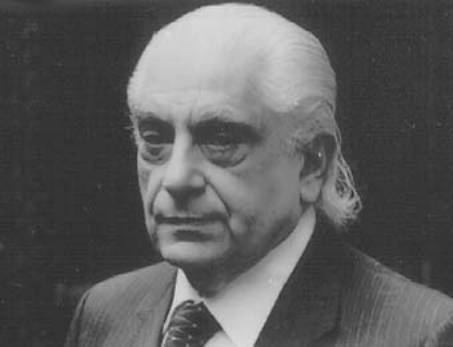 | ||
Known for Schonberg-Chandrasekhar limitUrca process Education University of Sao Paulo (1931–1935) Awards Guggenheim Fellowship for Natural Sciences, Latin America & Caribbean | ||
Doctoral students Jose Leite Lopes Notable students Jose Leite Lopes | ||
Today in history dr m rio schenberg s birthday 02 july 2010
Mário Schenberg (var. Mário Schönberg, Mario Schonberg, Mário Schoenberg; July 2, 1914 – November 10, 1990) was a Jewish Brazilian electrical engineer, physicist, art critic and writer.
Contents
- Today in history dr m rio schenberg s birthday 02 july 2010
- Um cientista uma hist ria epis dio 7 m rio schenberg
- The Urca process
- Schnberg Chandrasekhar limit
- Quantum physics and geometric algebra
- Politics
- Articles
- References
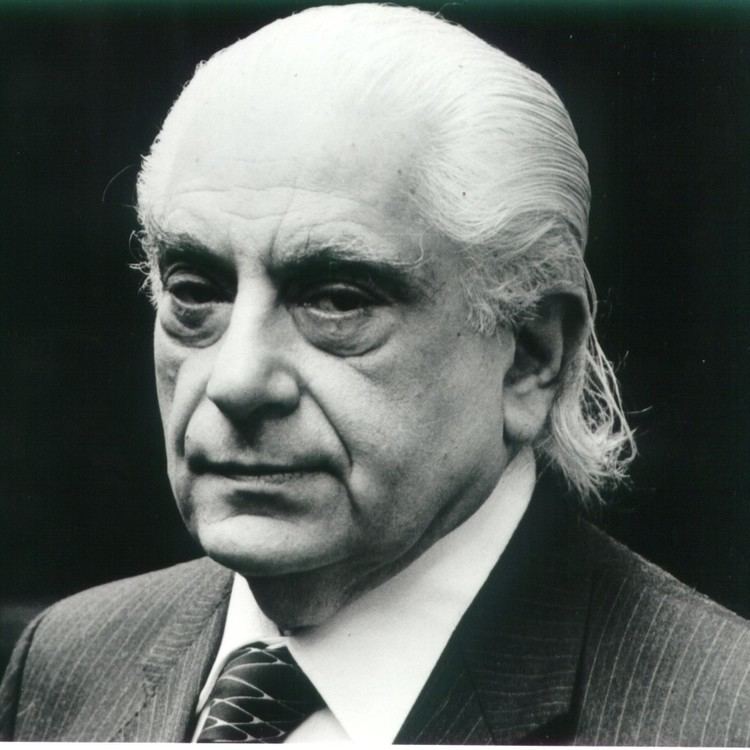
Um cientista uma hist ria epis dio 7 m rio schenberg
The Urca process
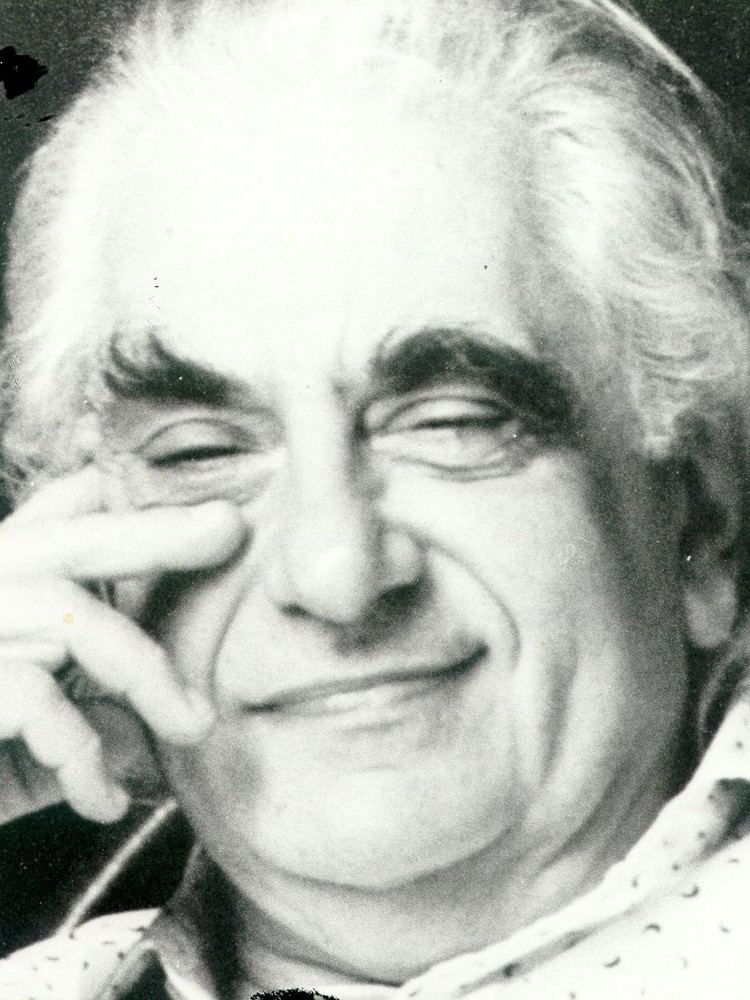
Widely regarded as one of Brazil's most important theoretical physicists, Schenberg is best remembered for his contributions to astrophysics, particularly the theory of nuclear processes in the formation of supernova stars. He provided the inspiration for the name of the so-called Urca process, a cycle of nuclear reactions in which a nucleus loses energy by absorbing an electron and then re-emitting a beta particle plus a neutrino-antineutrino pair, leading to the loss of internal supporting pressure and consequent collapse and explosion in the form of a supernova. George Gamow (1904–1968) was inspired to name the process Urca after the name of a casino in Rio de Janeiro, when Schenberg remarked to him that "the energy disappears in the nucleus of the supernova as quickly as the money disappeared at that roulette table".
Schönberg-Chandrasekhar limit
Together with Indian physicist Subrahmanyan Chandrasekhar (1910–1995), he discovered and published in 1942 the so-called Schönberg-Chandrasekhar limit, which is the maximum mass of the core of a star that can support the overlying layers against gravitational collapse, once the core Hydrogen is exhausted.
Quantum physics and geometric algebra
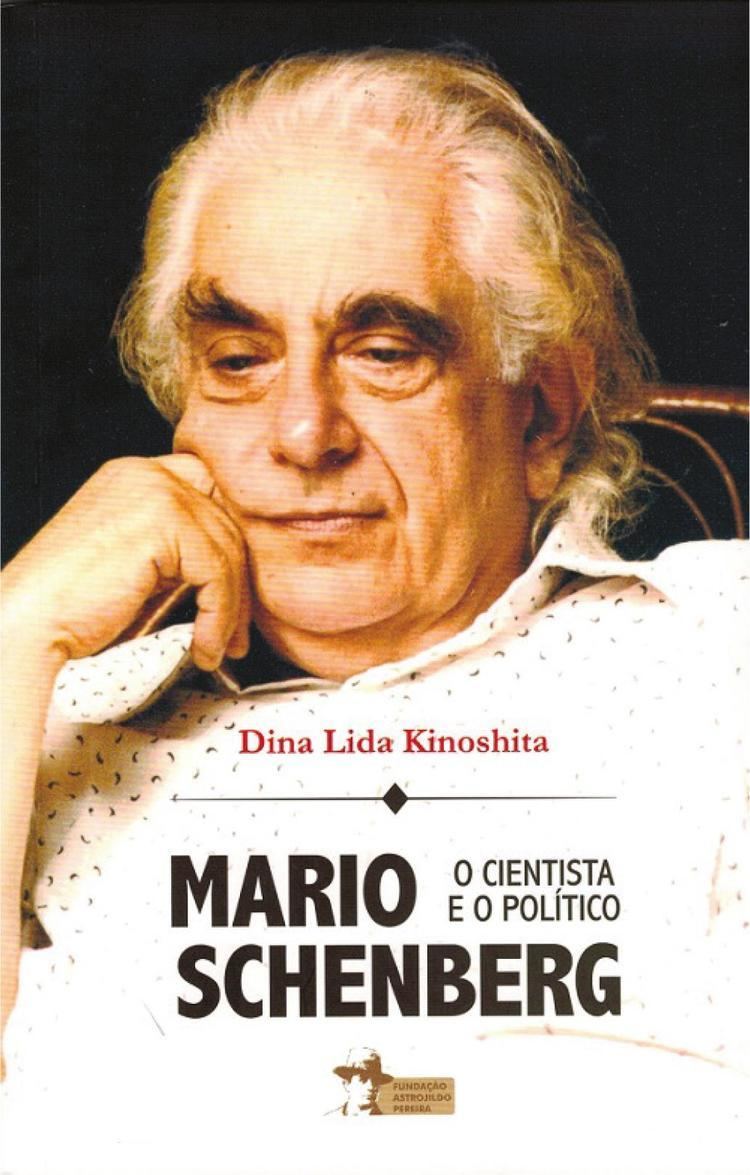
In the University of São Paulo had Schönberg interacted closely with David Bohm during the final years of Bohm's exile in Brazil, and in 1954 Schönberg demonstrated a link among the quantized motion of the Madelung fluid and the trajectories of the de Broglie–Bohm theory. He wrote a series of publications of 1957/1958 on geometric algebras that stand in relation to quantum physics and quantum field theory. He pointed out that those algebras can be described in terms of extensions of the commutative and the anti-commutative Grassmann algebras which have the same structure as the boson algebra and the fermion algebra of creation and annihilation operators. These algebras, in turn, are related to the symplectic algebra and Clifford algebra, respectively. In a paper published in 1958, Schönberg suggested to add a new idempotent to the Heisenberg algebra, and this suggestion was taken up and expanded upon in the 1980s by Basil Hiley and his co-workers in their work on algebraic formulations of quantum mechanics; this work was performed at Birkbeck College where Bohm had become professor of physics in the mean time. Schönberg's ideas have also been cited in connection with algebraic approaches to describe relativistic phase space.
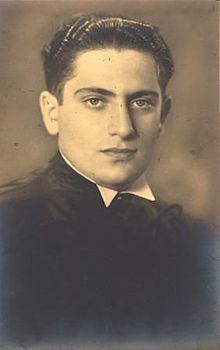
His work has been cited, together with that of Marcel Riesz, for its importance to Clifford algebras and mathematical physics in the proceedings of a workshop held in France in 1989 which had been dedicated to these two mathematicians.
Politics
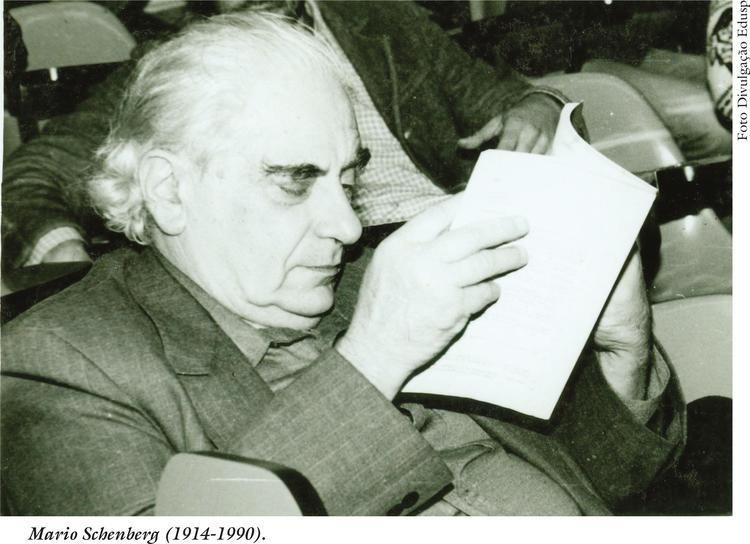
Schenberg was also a known member of the Brazilian Communist Party and professor of the University of São Paulo.
Articles
His articles include:
